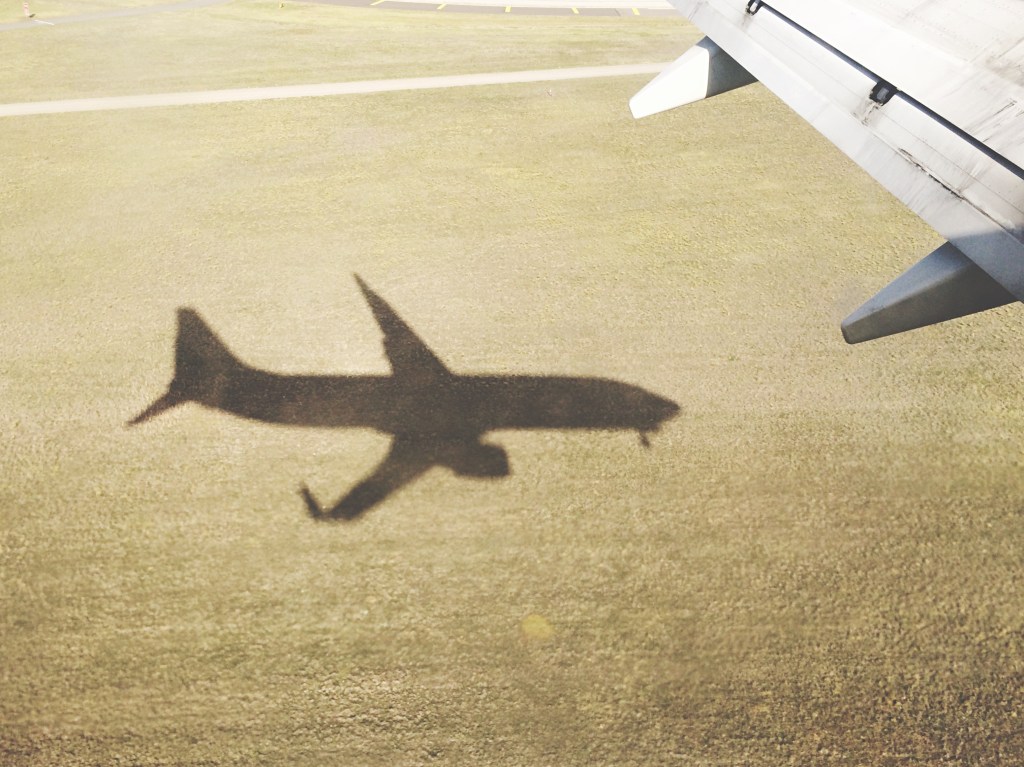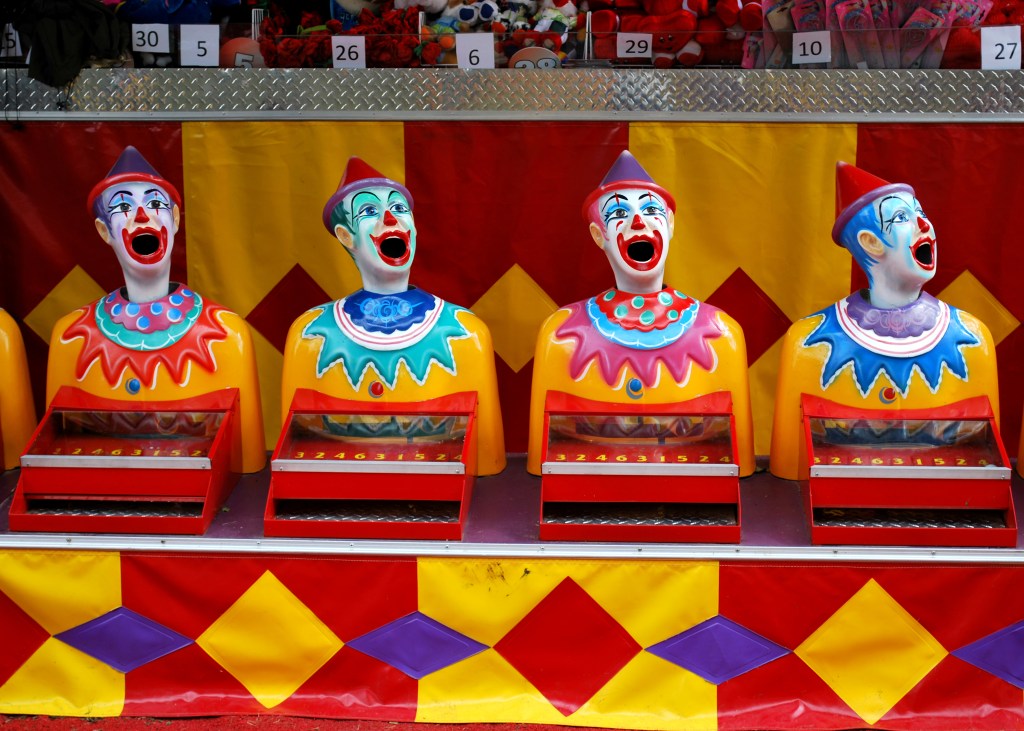3 Spooky Phobias That Are More Common Than You Think
It’s a fact of life that everyone’s afraid of something. We’re all convinced that we have some irrational fear that must be unique to only us: antique furniture (furniture phobia), otters (lutraphobia), knees (genuphobia) — the list of phobias goes on and on. But while some fears are definitely specific to a few select people (say, Billy Bob Thornton’s admitted furniture phobia), there are many more that are shared by whole swaths of the population — and not just on spooky days like Halloween.
So how common are phobias, exactly? Nearly nine percent of all American adults suffer from a specific phobia in a given year, and nearly 22 percent of all those cases are classified as severe, according to the National Institute of Mental Health.
‘Weird Phobias’ Are Not So Weird After All
One of the most common phobias that you’ve probably heard before is the fear of the number 13, aka triskaidekaphobia. While it may sound like a weird phobia if you don’t have it — after all, a number can’t physically harm you like a poisonous snake or a deathly food allergy — the fear is all too real: Researchers estimate that at least 10 percent of Americans think the number 13 is scary.
This fear is apparent all around us. For example, you may have noticed that many buildings (especially hotels) don’t have a 13th floor. Instead, there is often a noticeable gap between the 12 and 14 in the elevator buttons. This “mistake” is done completely on purpose to accommodate any people moving through that building who might have triskaidekaphobia. (Although let’s be honest, doesn’t everyone realize that “14” is actually the 13th floor with a less frightening name?)
It just goes to show how a seemingly harmless fear can actually be a legitimate, life-altering issue. The same goes for many other so-called “odd phobias” and “weird fears” out there. But it is comforting to know that if you or someone you love is suffering or has ever suffered from a fear of that nature, you are far from alone. Even better news? There are many therapy options available today that can help people face their fears and learn coping mechanisms to put their phobias to rest for good. Scroll below to see a list of phobias that are more common than you might think.
Trigger warning: Some of the images and descriptions below may upset people who are afraid of clustered holes (trypophobia), flying (aviophobia), or clowns (coulrophobia).




